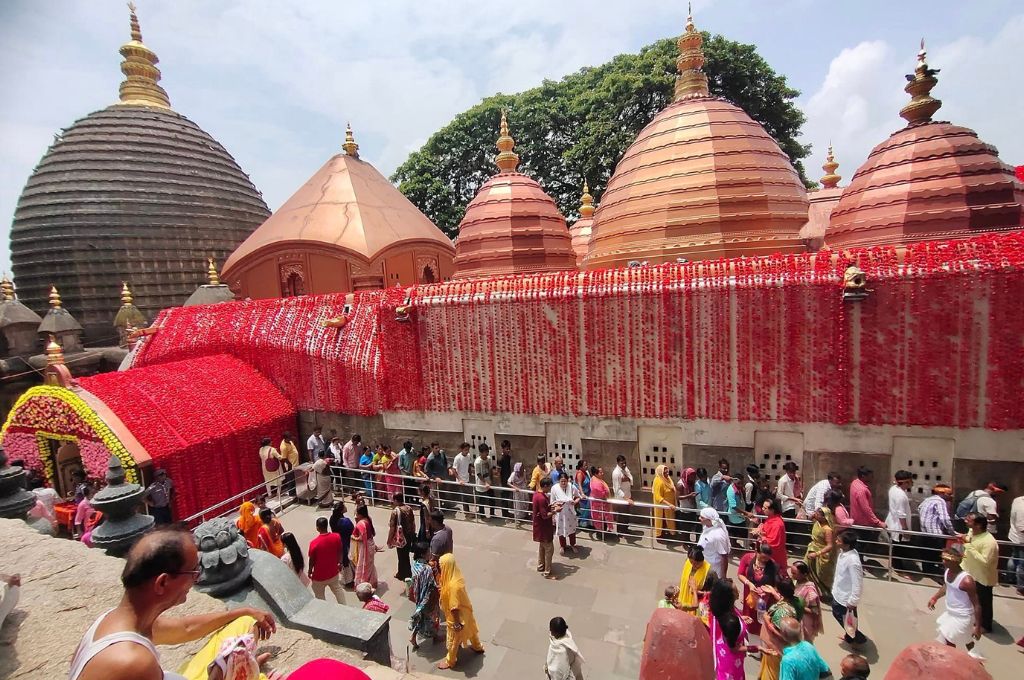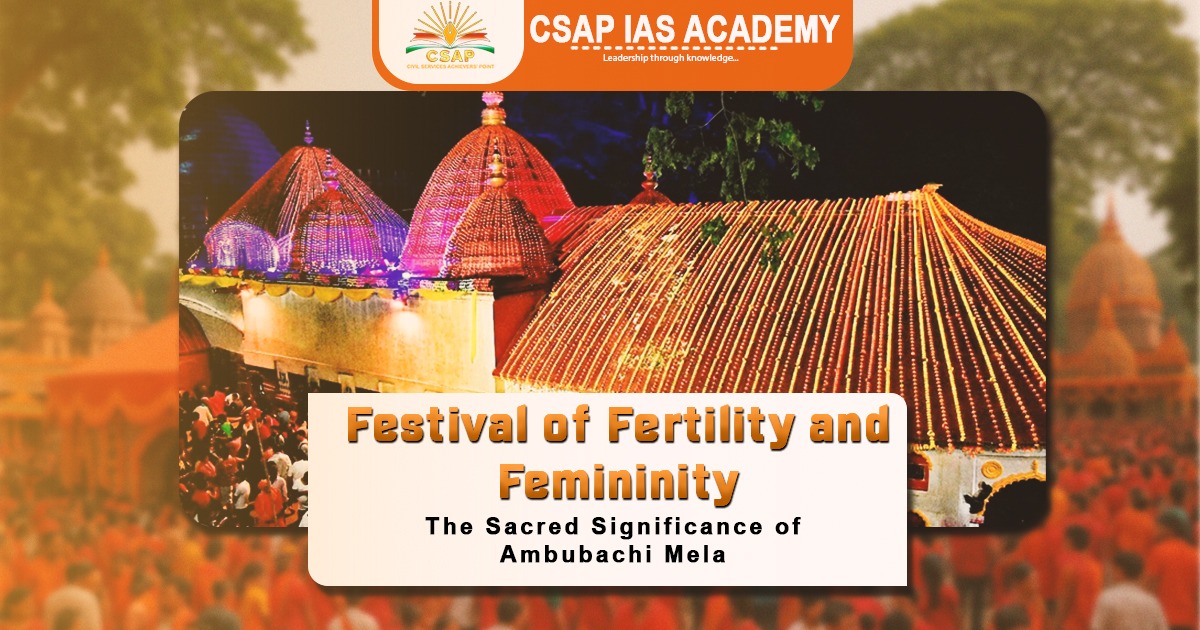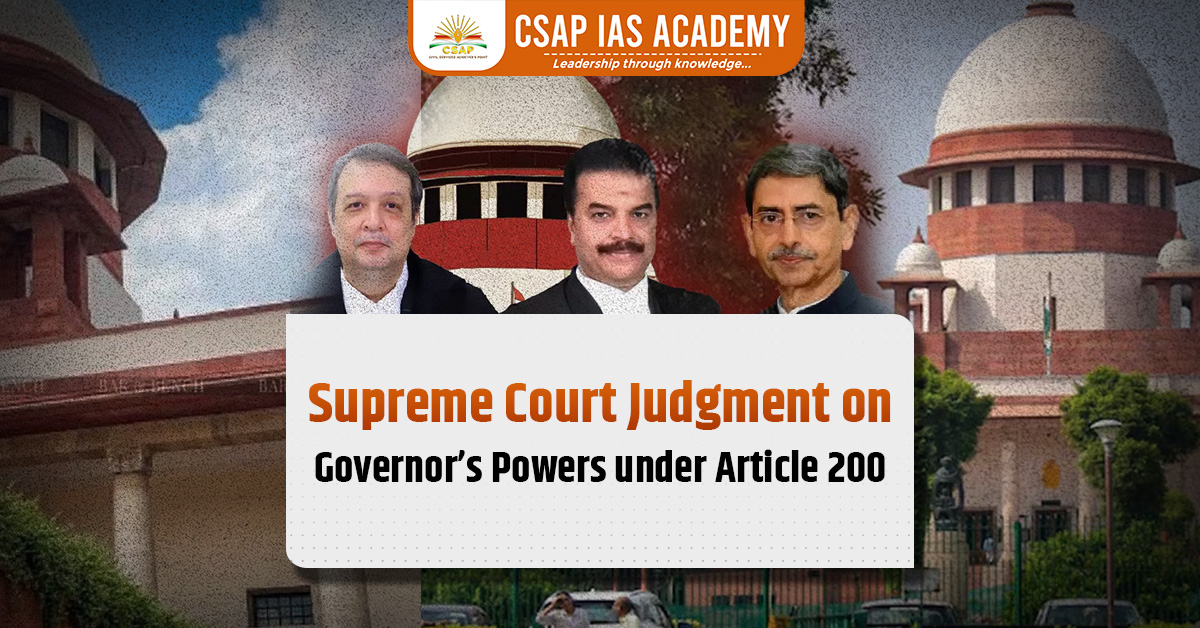Every year, as the monsoon clouds gather over the lush hills of Assam, thousands of pilgrims begin their journey to the sacred Nilachal Hills in Guwahati. Their destination is the revered Kamakhya Temple, and the occasion is one of the most unique spiritual celebrations in India — the Ambubachi Mela. Rooted in ancient traditions, this festival is more than a religious ritual; it is a celebration of fertility, femininity, and the cyclical nature of life.
The Cultural Essence of Ambubachi

Derived from the Sanskrit word Ambuvaci, meaning “the issuing forth of water,” the Ambubachi Mela marks the annual menstrual cycle of the goddess Kamakhya, symbolizing the fertility of Mother Earth. Celebrated during the Assamese month of Ahaar (mid-June), it coincides with the sun’s transition into Mithuna Rashi (Gemini) and the arrival of the monsoon, believed to awaken the reproductive energies of nature. In local parlance, this is the time when the earth becomes fertile and ready for regeneration.
Unlike other religious festivals, the Ambubachi Mela is deeply intertwined with tantric practices, tribal beliefs, and folk traditions. For three days, the temple remains closed, marking the goddess’s menstruation. During this period, all agricultural, spiritual, and sexual activities are suspended in reverence to the goddess’s sacred state. On the fourth day, after a ceremonial bath of the goddess, the temple reopens with great celebration and fervor. This closure and reopening metaphorically signify ritual purity, renewal, and the life-death-rebirth cycle.
Mythology Behind Kamakhya and the Festival
The origins of this deeply symbolic event trace back to the myth of Sati, the first consort of Lord Shiva. According to legend, after Sati self-immolated in protest of her father Daksha’s insult to Shiva, a grief-stricken Shiva roamed the universe with her corpse. To pacify him and restore cosmic balance, Lord Vishnu dismembered Sati’s body with his Sudarshan Chakra, and the parts fell across the subcontinent, forming the 51 Shakti Peethas. Her yoni (reproductive organ) is believed to have fallen at Nilachal Hill, making Kamakhya the most prominent Shakti Peetha.
This story is not just a tale of divine love and sacrifice but also an affirmation of the power of female energy, or Shakti. The Kamakhya Temple, therefore, stands not only as a place of worship but also as a celebration of the sacredness of womanhood and the life-creating power of the feminine.
Historical and Archaeological Roots
The Kamakhya temple’s origin is believed to date back to pre-Vedic times, with historical references found in the Kalika Purana and Yogini Tantra. The temple was originally constructed by tribal communities such as the Garos and Khasis, who worshipped a local fertility goddess known as Ka-mei-khai — literally meaning “she who created you.”
The temple was destroyed during early invasions and later rebuilt in the 8th–9th century. One of the significant reconstructions was done by Vishwasingha, the founder of the Koch dynasty, and later completed by King Naranarayan in 1565 CE. Over time, the temple saw patronage from Mlechha, Koch, Ahom, and modern leaders, evolving as a pan-Indian pilgrimage site.
Ambubachi Mela: A Living Tradition
Today, the Ambubachi Mela draws lakhs of devotees — tantrics, sadhus, householders, and tourists alike. It transforms the Kamakhya temple precinct into a vibrant spiritual carnival. The government of Assam has also started promoting the event as the “Spiritual Kumbh of the Northeast,” attracting pilgrims from all corners of India and beyond.
What sets this festival apart is its bold embrace of menstruation as sacred, at a time when this biological process is still seen as taboo in many parts of society. By centering the divine cycle of the goddess around menstruation, Ambubachi offers a powerful counter-narrative that celebrates womanhood as divine and fertile, not impure.
This festival also significantly contributes to rural livelihoods, tourism, and cultural diplomacy, while promoting a holistic understanding of India’s syncretic traditions. In 2020, a symbolic gesture of devotion came from Mukesh Ambani’s Reliance Foundation, which donated 19 kg of gold to gild the temple dome — further cementing Kamakhya’s relevance in modern religious consciousness.
Conclusion
The Ambubachi Mela is not just a ritual but a spiritual philosophy that connects nature, femininity, mythology, and faith into a seamless whole. It honors the divine feminine not in abstraction but through a tangible, biological reality — menstruation. In doing so, it breaks social taboos and uplifts spiritual ecology, while also serving as a vibrant reminder of India’s inclusive and diverse cultural fabric.
As we revisit our cultural and spiritual traditions in the 21st century, the message of Ambubachi — that creation is sacred, and femininity is power — remains more relevant than ever.
Read: Black Boxes Explained
Download App:










